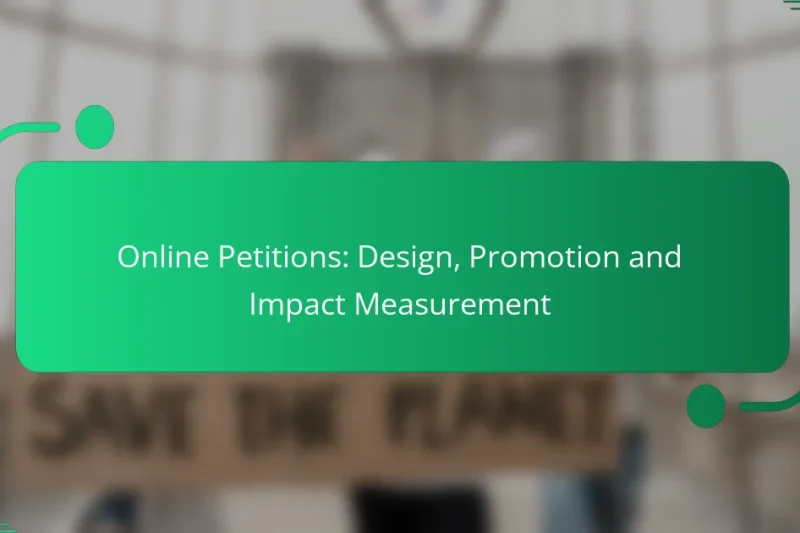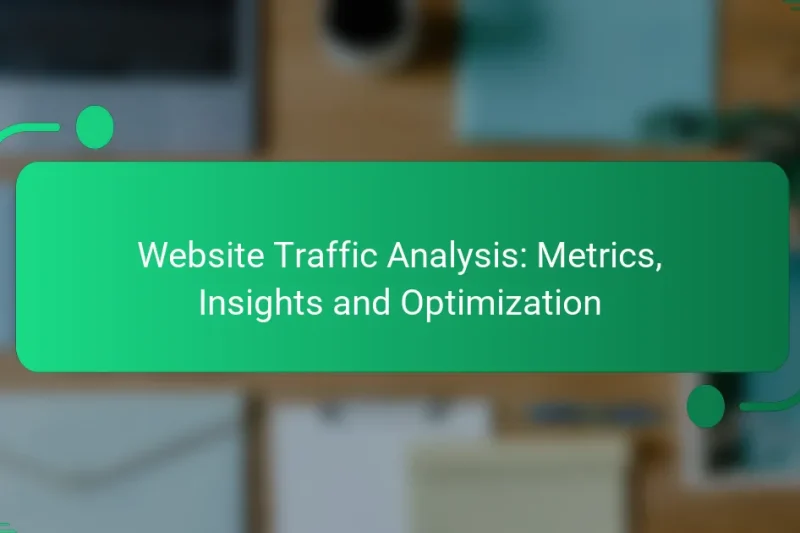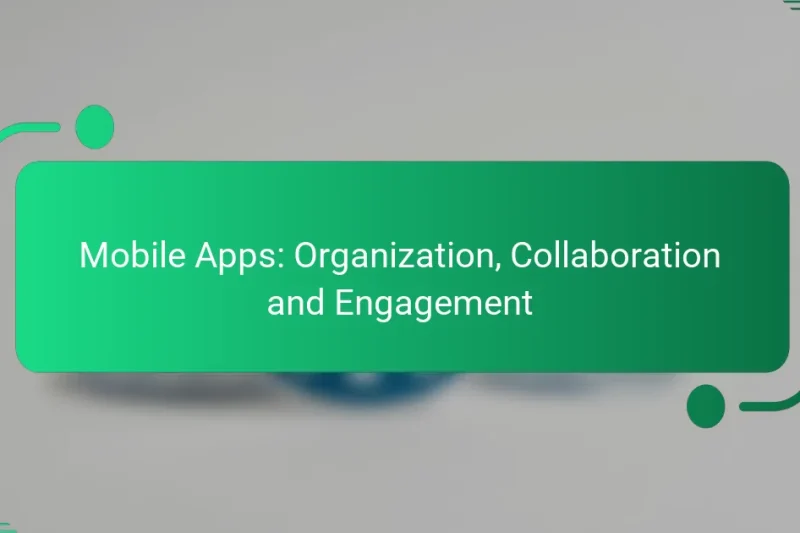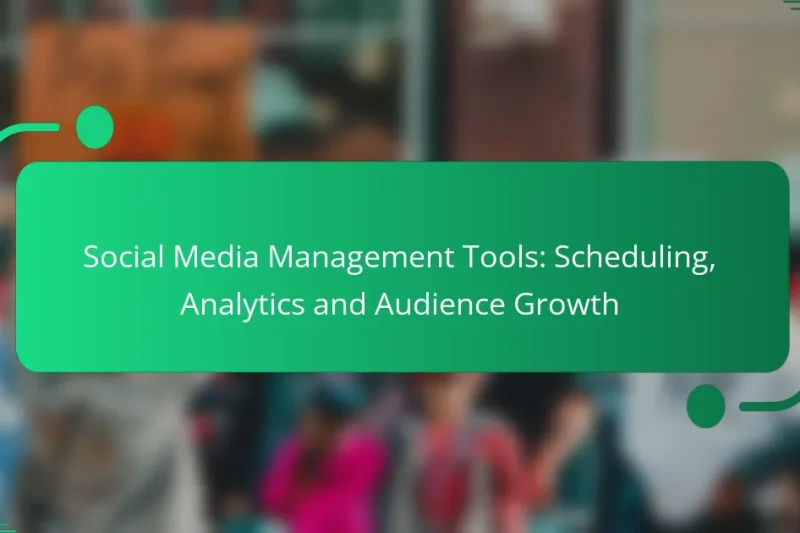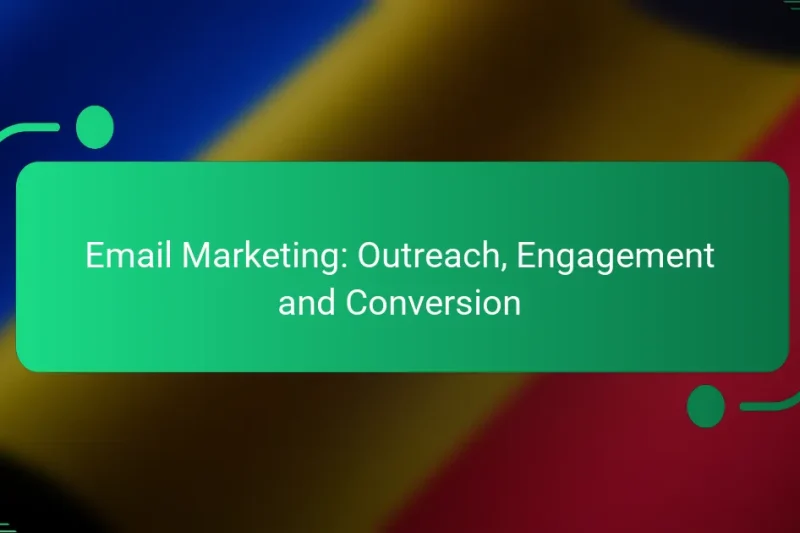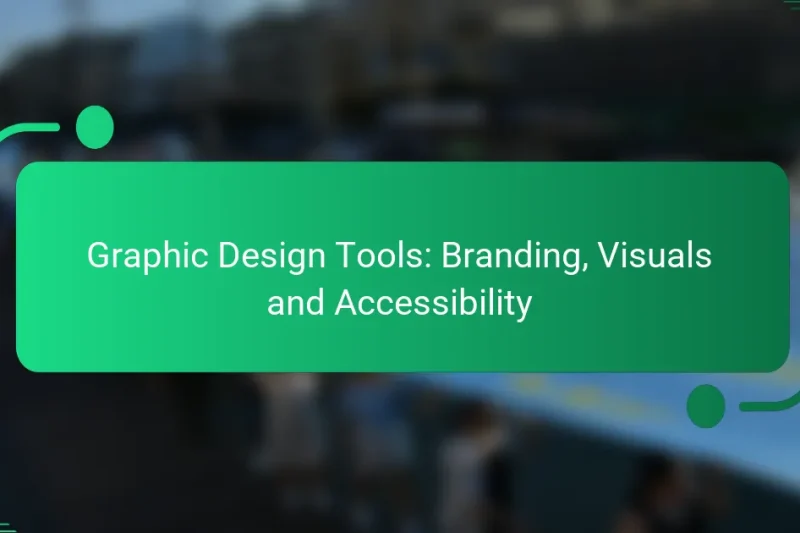Online petitions serve as powerful tools for advocacy, designed to effectively communicate a cause and mobilize … Online Petitions: Design, Promotion and Impact MeasurementRead more
Community Activism Media Projects: Digital Tools
Digital tools are essential for enhancing community activism media projects, as they improve communication, collaboration, and outreach efforts. By leveraging platforms like social media and user-friendly content management systems, activists can effectively share their messages, mobilize supporters, and increase community engagement.
Website Traffic Analysis: Metrics, Insights and Optimization
Website traffic analysis is crucial for understanding user behavior and optimizing online performance. By focusing on … Website Traffic Analysis: Metrics, Insights and OptimizationRead more
Mobile Apps: Organization, Collaboration and Engagement
Mobile apps play a crucial role in enhancing organization and collaboration within teams by streamlining communication … Mobile Apps: Organization, Collaboration and EngagementRead more
Social Media Management Tools: Scheduling, Analytics and Audience Growth
Social media management tools are essential for streamlining content scheduling, enabling users to efficiently plan and … Social Media Management Tools: Scheduling, Analytics and Audience GrowthRead more
Project Management Software: Collaboration, Tracking and Reporting
Project management software plays a crucial role in enhancing collaboration, tracking progress, and generating insightful reports … Project Management Software: Collaboration, Tracking and ReportingRead more
Email Marketing: Outreach, Engagement and Conversion
Email marketing is a powerful tool for outreach, engagement, and conversion, allowing businesses to connect with … Email Marketing: Outreach, Engagement and ConversionRead more
Graphic Design Tools: Branding, Visuals and Accessibility
In the realm of graphic design, the right tools are essential for effective branding and visual … Graphic Design Tools: Branding, Visuals and AccessibilityRead more
What digital tools enhance community activism media projects?
Digital tools play a crucial role in enhancing community activism media projects by facilitating communication, collaboration, and outreach. These tools can streamline processes, increase engagement, and help organizations effectively share their messages.
Social media platforms
Social media platforms like Facebook, Twitter, and Instagram are essential for community activism as they allow for rapid dissemination of information and mobilization of supporters. They enable activists to share updates, organize events, and engage with their audience in real-time.
When using social media, it’s important to create a consistent brand voice and utilize hashtags to increase visibility. Engaging content, such as videos and infographics, can also enhance reach and encourage sharing among users.
Content management systems
Content management systems (CMS) like WordPress and Joomla provide a user-friendly way to create and manage websites for community activism. These platforms allow organizations to publish articles, share resources, and maintain an online presence without needing extensive technical skills.
Choosing a CMS that offers customizable templates and plugins can enhance functionality. Consider security features and ease of use when selecting a system to ensure it meets the needs of your project.
Online collaboration tools
Online collaboration tools such as Google Workspace and Trello facilitate teamwork among activists, allowing for real-time document sharing and project management. These tools help streamline communication and keep everyone on the same page, regardless of location.
Establish clear guidelines for using these tools to maximize efficiency. Regular check-ins and updates can help maintain momentum and ensure that tasks are completed on time.
Fundraising software
Fundraising software like GoFundMe and Donorbox is vital for community activism projects that rely on donations. These platforms enable organizations to create campaigns, track contributions, and engage with donors effectively.
When selecting fundraising software, consider transaction fees and the ease of use for both organizers and donors. Providing regular updates to supporters can foster a sense of community and encourage ongoing contributions.
Video conferencing applications
Video conferencing applications such as Zoom and Microsoft Teams are essential for virtual meetings and events, especially in a globalized context. They allow activists to connect with supporters and stakeholders, regardless of geographical barriers.
To ensure effective meetings, establish a clear agenda and encourage participation from all attendees. Recording sessions can also provide valuable resources for those unable to attend live.
How can social media be utilized for activism?
Social media serves as a powerful tool for activism by enabling individuals and organizations to share information, mobilize supporters, and amplify their messages. It allows for rapid communication and engagement, making it easier to rally community support and raise awareness about various issues.
Engagement with local communities
Social media platforms facilitate direct interaction with local communities, allowing activists to connect with residents and understand their concerns. By creating localized content and using geo-targeted posts, activists can foster a sense of community and encourage participation in initiatives that matter to them.
Utilizing features like polls, live Q&A sessions, and community groups can enhance engagement. For example, a local environmental group might use Facebook to organize clean-up events and gather feedback on community needs.
Campaign promotion
Activists can effectively promote campaigns through social media by sharing compelling visuals, stories, and calls to action. Platforms like Instagram and Twitter are particularly useful for spreading awareness quickly and reaching a broader audience.
Creating shareable content, such as infographics or short videos, can help campaigns go viral. Additionally, collaborating with influencers or local figures can amplify reach and credibility, encouraging more people to join the cause.
Real-time updates
Social media allows activists to provide real-time updates on events, campaigns, and urgent issues. This immediacy helps keep supporters informed and engaged, ensuring they can respond quickly to developments.
Using live streaming features or regular updates on platforms like Twitter can keep the community informed about ongoing actions or changes in strategy. For instance, during a protest, organizers can share live updates to coordinate efforts and maintain momentum.
What are the best content management systems for activists?
The best content management systems (CMS) for activists are user-friendly platforms that enable easy content creation, management, and sharing. These tools help activists effectively communicate their messages and engage with their communities.
WordPress
WordPress is one of the most popular CMS options, known for its flexibility and extensive plugin ecosystem. Activists can choose from thousands of themes and plugins to customize their sites, making it suitable for various needs, from blogs to full-fledged websites.
Consider using WordPress if you require advanced features like e-commerce capabilities or membership systems. However, be prepared for a steeper learning curve compared to simpler platforms, especially if you want to leverage its full potential.
Wix
Wix is a user-friendly website builder that allows activists to create visually appealing sites without any coding knowledge. Its drag-and-drop interface makes it easy to design pages quickly, which is ideal for those who need to launch campaigns rapidly.
While Wix offers a variety of templates, it may not provide the same level of customization as WordPress. Keep in mind that some features are limited to higher-tier plans, which can range from low tens to a few hundred USD per year.
Squarespace
Squarespace is known for its sleek, modern templates that are perfect for showcasing visual content. Activists can create professional-looking websites that are mobile-responsive and easy to navigate, enhancing user experience.
However, Squarespace can be more expensive than other options, with plans typically starting around 12 USD per month. It’s a good choice if aesthetics are a priority, but be aware that it may lack some advanced functionalities found in WordPress.
What criteria should be considered when choosing digital tools?
When selecting digital tools for community activism media projects, consider user-friendliness, cost-effectiveness, and integration capabilities. These criteria ensure that the tools are accessible, affordable, and able to work seamlessly with other systems.
User-friendliness
User-friendliness is crucial for ensuring that all team members can effectively engage with the digital tools. Look for platforms with intuitive interfaces and clear navigation, which reduce the learning curve and enhance productivity.
Consider tools that offer tutorials or customer support to assist users. A user-friendly tool can significantly improve participation and collaboration within the community.
Cost-effectiveness
Cost-effectiveness involves evaluating both the initial investment and ongoing expenses associated with digital tools. Many platforms offer tiered pricing models, so assess what features are necessary for your project and choose a plan that fits your budget.
Free or low-cost options can be suitable for smaller projects, while larger initiatives may require more robust solutions. Always factor in potential hidden costs, such as training or additional features.
Integration capabilities
Integration capabilities determine how well a digital tool can work with other software and platforms. Tools that easily integrate with existing systems can streamline workflows and enhance data sharing.
Check for compatibility with commonly used applications, such as social media platforms, email services, and project management tools. A well-integrated tool can save time and reduce the risk of data silos.
What are effective fundraising tools for community projects?
Effective fundraising tools for community projects include online platforms that facilitate donations, crowdfunding, and event management. These tools help streamline the fundraising process, making it easier for community organizations to reach their financial goals.
Online Donation Platforms
Online donation platforms allow community projects to accept contributions directly through their websites or social media. Popular options include PayPal, GoFundMe, and Donorbox, which provide user-friendly interfaces for both donors and organizers. These platforms typically charge a small fee, so it’s essential to compare costs before choosing one.
When selecting an online donation platform, consider factors such as ease of use, integration with existing websites, and payment processing fees. Many platforms offer customizable donation forms, which can enhance donor engagement and increase contributions.
Crowdfunding Websites
Crowdfunding websites enable community projects to raise funds from a large number of people, often in exchange for rewards or recognition. Platforms like Kickstarter and Indiegogo cater to various project types, allowing organizers to present their ideas and connect with potential supporters.
Successful crowdfunding campaigns often require a compelling narrative and effective marketing strategies. Set realistic funding goals and timelines, and actively promote the campaign through social media and community networks to maximize reach.
Event Fundraising Tools
Event fundraising tools help organize and promote events aimed at raising money for community projects. Platforms like Eventbrite and Facebook Events can assist in managing ticket sales, RSVPs, and donations during events. These tools can enhance attendance and engagement by providing a seamless experience for participants.
When planning an event, consider the type of activities that will attract your target audience. Incorporate elements like auctions, raffles, or donation drives to encourage contributions. Always follow local regulations regarding fundraising events to ensure compliance.
